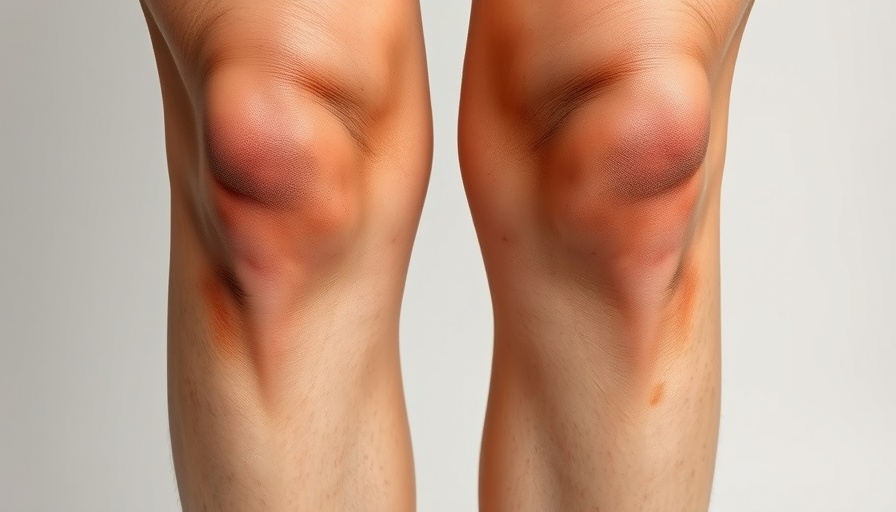
A New Era for Pigmentary Disorders
Pigmentary disorders such as vitiligo, melasma, post-inflammatory hyperpigmentation (PIH), and albinism have traditionally posed significant challenges for aesthetic professionals and patients alike. These conditions often carry emotional weight due to societal stigmatization, emphasizing the importance of a comprehensive approach to treatment. Recently, substantial advancements have paved the way for more effective therapies that promise hope and improved quality of life for affected individuals.
Emerging Treatments: Hope on the Horizon
The treatment landscape for vitiligo has transformed dramatically, as new therapies emerge. Among these, JAK inhibitors, particularly ruxolitinib cream, offer significant repigmentation benefits, providing an effective option for patients with stubborn patches. Meanwhile, melasma management now incorporates innovative agents such as thiamidol and tranexamic acid (TXA), enabling aesthetic professionals to tailor treatments with higher safety and efficacy profiles.
Innovative Approaches to Managing PIH and Albinism
Addressing PIH has also seen innovative initiatives, emphasizing inflammation reduction and preventative strategies. Techniques like microneedling have shown promise in minimizing recurrence, aligning well with ongoing educational efforts for patients on managing their skin conditions. On the other hand, treatments for albinism are evolving, focusing on optimizing vision and skin protection while targeting underlying molecular defects, setting a foundation for future therapies.
The Challenges Ahead
Despite these advancements, challenges remain. Issues such as treatment recurrence, maintaining patient adherence due to potential adverse effects, and obstacles in securing support from insurance providers continue to hinder progress. Cultural awareness, patient education, and ongoing advocacy are vital to facilitate wider acceptance and accessibility of these treatments.
Implications for MedSpa Professionals
As medSpa owners and aesthetic professionals, staying informed about the advancements in treating these pigmentary disorders is essential not only for your practice but also for the wellbeing of your clients. The landscape of dermatological treatments is evolving, and adapting to these innovations can distinguish your practice and enhance the success of your aesthetic offerings.
 Add Row
Add Row  Add
Add 

 Add Element
Add Element 


Write A Comment